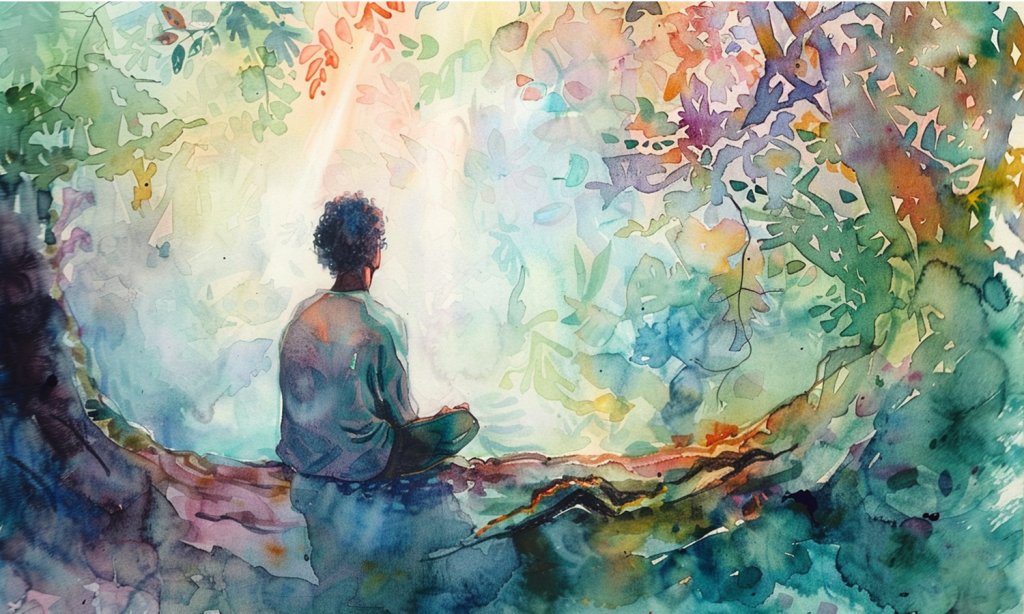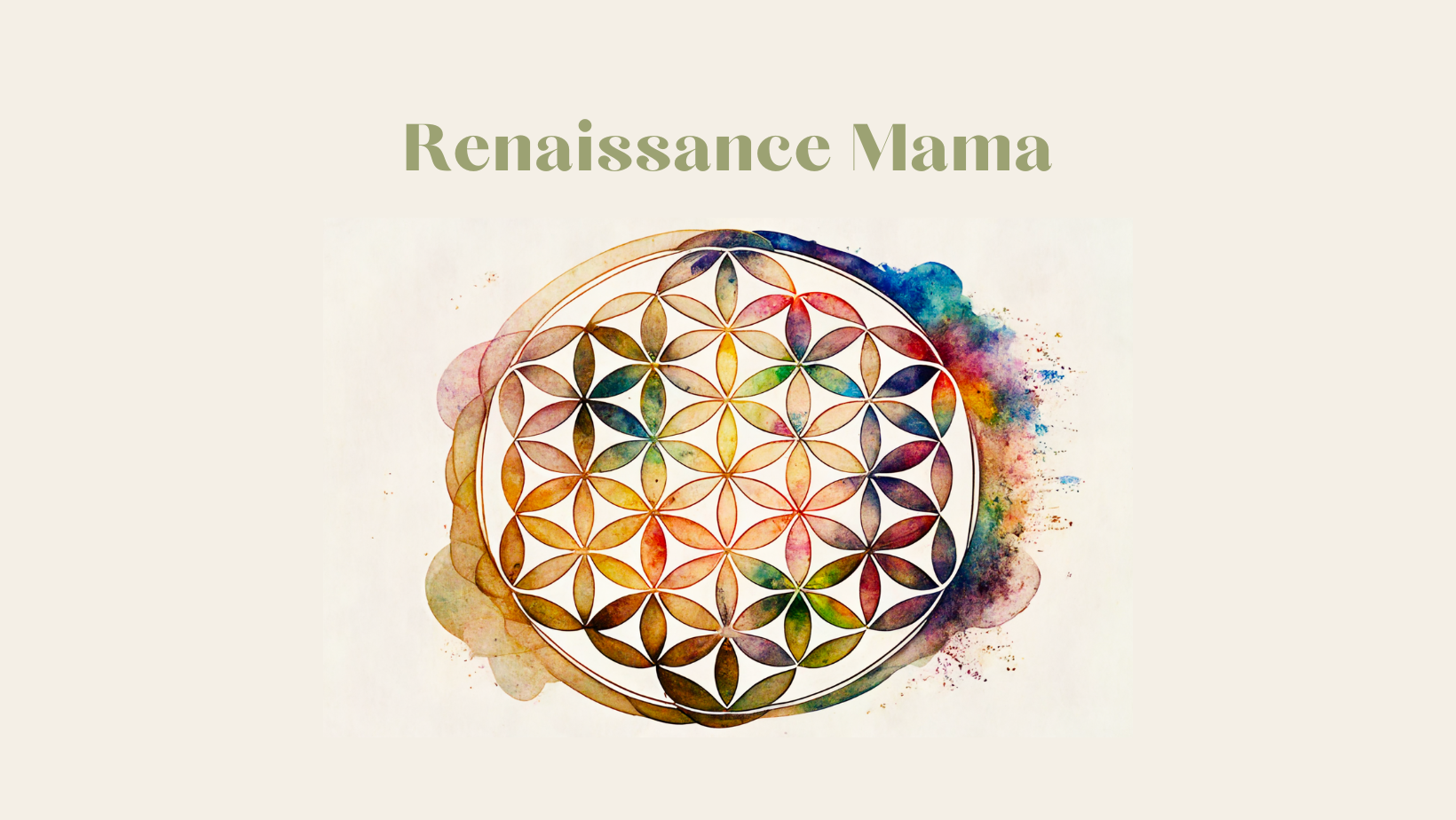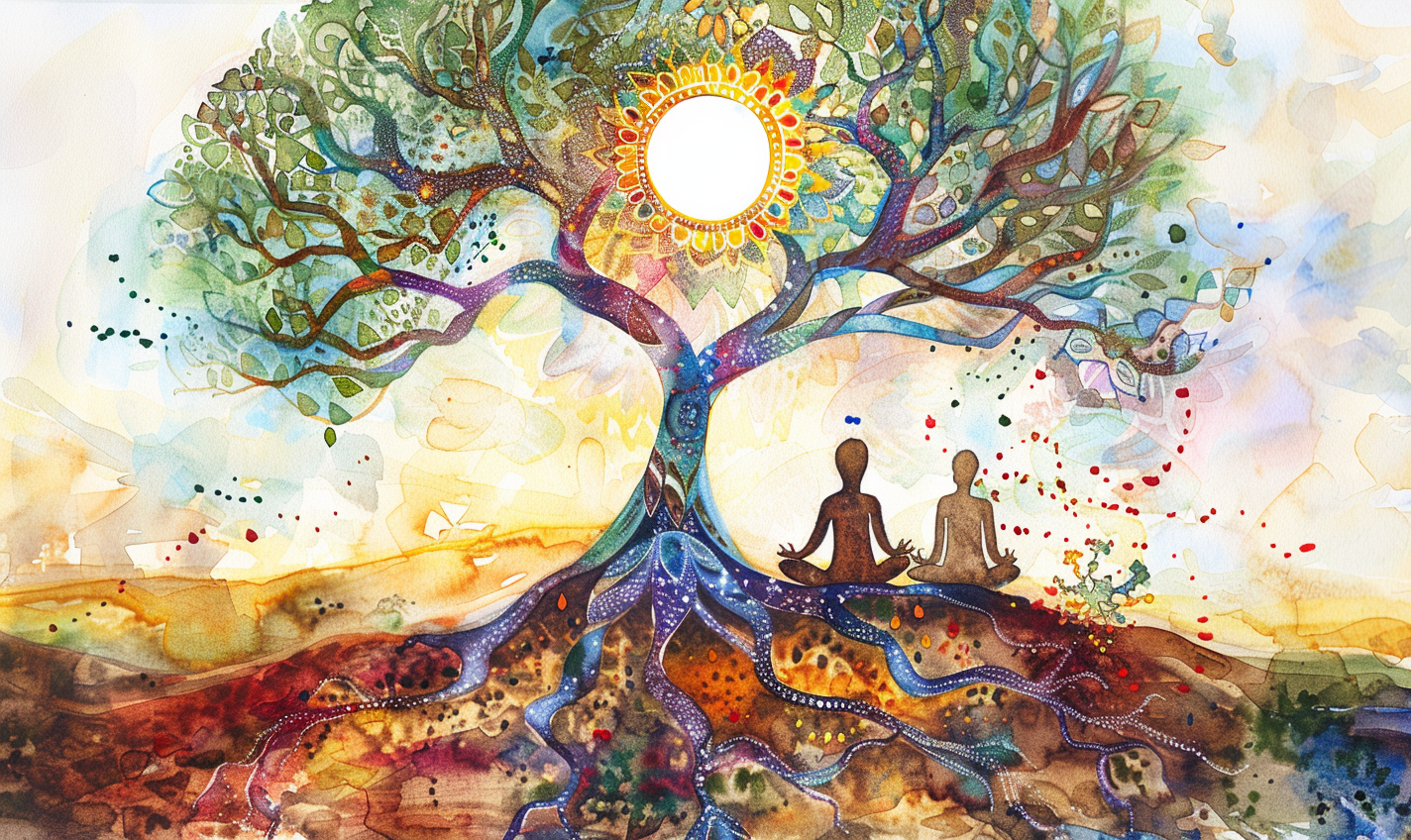Applying Permaculture Ideas to Interpersonal Relationships
You all know by now that I’m a permaculturist. What you may not know is that I am particularly interested in how permaculture ethics and principles can be applied to relationships and invisible structures (like society, government, justice, etc.). I touched some more on that in this article
The arts of observation and interaction are not only applicable to systems design. They are not just skills for use in garden and home design. Observation and interaction are essential for harmonious living. They serve as a foundation that that underpins communication. From romantic partnerships to family relationships and friendships, the ability to both attentively observe and authentically interact forms deep connection and understanding.
When we are connected deeply, and understand each other intimately, we can accomplish so much.
Observation in Relationship
Observation increases attunement to the nuances of our loved ones’ thoughts, emotions, and experiences. It involves listening not only with our ears but with our hearts. It allows us to gain insights into the inner landscapes of those we care about. Through observation, we become more aware of what brings them joy and sorrows. Observation helps us to know their hopes and fears. It lays the groundwork for authentic connection.
Over the years, I have learned to be a better observer. This is due largely to my involvement with mental health care professionals who cared for my loved ones. I also learned a lot from the piles of books I’ve read on trauma, behavioural therapies, and developmental disabilities. Observation is crucial to understanding what style of communication and interaction will land with each individual.
One size does NOT fit all. It’s hard work, and it gets easier with practice. Observation is a superpower. When we notice how a person receives words, phrases, and interactions, we then open a wide channel of effective communication. And with better communication comes deeper connection.
Nurturing Interactions
Interacting is the partner of observation. We try something – a new phrase, or tone, or body posture – and observe how our loved one responds. Accordingly, it requires patience. It’s a dance of responsiveness and reciprocity. Each partner contributes to the rhythm and flow of communication and engagement. Genuine interaction entails more than just exchanging words; it involves active listening, validation, and truthful expression of thoughts and feelings. By engaging with openness and vulnerability, we create a safe space for each other.
Cultivating Empathy
At the heart of observation and interaction lies empathy. Empathy is the ability to understand and share the feelings of another. Empathy fosters compassion in both partners in a relationship. When we approach relationships with empathy, we honour the unique experiences of our loved ones. We also cultivate an atmosphere of acceptance that strengthens the bonds of connection.

And Now for Yoga Practice
You know, I think, how I love making connections between seemingly unrelated things, right? Here’s where Permaculture principles, yoga, and relationships intersect…
There are the yogic practices of Satya – truthfulness and Ahimsa – noninjury. Yoga is a daily practice and impacts all aspects of life. It ain’t just bendy-boo. Satya is about being honest with ourselves and with others. It involves a lot of self-observation and reflection. Additionally it involves observation of and reflection on the responses of those around us. In order to respond with kindness and compassion, we must first observe what works and what does not. The oxygen mask analogy is apt here. First take care of yourself, then take care of those around you who need help.
Be the Change
Modeling empathy and truthfulness will change how our partners, family, and friends interact with others- and with us. By setting aside distractions and being present, we can then communicate with curiosity and compassion. Consequently, every interaction becomes an opportunity to deepen our understanding of one another and also strengthens our bonds.
All of this sounds a lot like Non-Violent Communication to me. I wonder what connections Marshall Rosenburg made to land at the same place? These same techniques are also used in non-physical de-escalation practices by first responders and mental health workers. They work really well.
The thing is… you already HAVE the power. It’s imprinted in our human nature. It is honed with practice and perseverance. As we engage this principle in our daily lives, we will create the kinds of connections that enrich our lives and nourish our souls.

